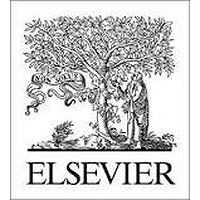Radiological impact models are important tools that support nuclear safety. For tritium, a special radionuclide that readily enters the life cycle, the processes involved in its transport into the environment are complex and inadequately understood. For example, tritiated water (HTO) enters plants by leaf and root uptake and is converted to organically bound tritium (OBT) in exchangeable and non-exchangeable forms; however, the observed OBT/HTO ratios in crops exhibit large variability and contradict the current models for routine releases. Non-routine or spike releases of tritium further complicate the prediction of OBT formation. The experimental data for a short and intense atmospheric contamination of wheat are presented together with various models' predictions. The experimental data on wheat demonstrate that the OBT formation is a long process, it is dependent on receptor location and stack dynamics, there are differences between night and day releases, and the HTO dynamics in leaf and ear is a very important contributor to OBT formation.

Uncertainty of current understanding regarding OBT formation in plants
Review badges
0 pre-pub reviews
0 post-pub reviews
